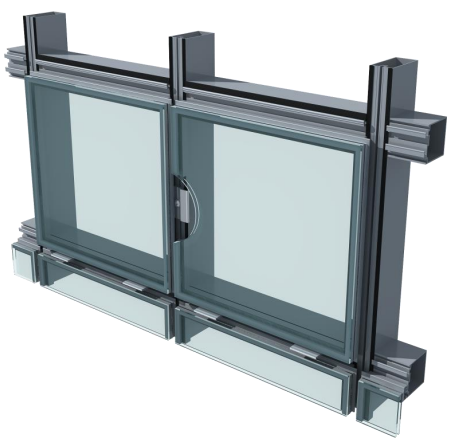

Types of Reflective Glass
Reflective glass is an essential material utilized in architecture, interior design, and various industries for its unique properties. It enhances aesthetic appeal while providing a range of practical benefits such as energy efficiency and UV protection. This article will explore the different types of reflective glass, their characteristics, and applications.
Types of Reflective Glass
Another popular type is reflective coated glass, which is achieved by applying a metallic oxide layer that mirrors external light. This type of glass is highly effective in reducing glare and heat gain from sunlight, making it suitable for buildings with large glass facades. The reflective nature is not only functional; it also provides a sleek and modern aesthetic, enhancing the overall appearance of any structure. Reflective coated glass is commonly used in office buildings, skyscrapers, and other commercial setups where visual appeal and energy savings are priorities.

Additionally, there is tinted reflective glass, which incorporates color in the glass to provide further thermal performance and privacy. Tinted glass absorbs a portion of the incoming solar energy, reducing glare and increasing comfort for occupants. Its aesthetic appeal is enhanced by the various colors available, allowing architects and designers to customize buildings according to their vision. Tinted reflective glass is often applied in residential homes, shopping centers, and hotels.
Moreover, mirror glass is a specific type of reflective glass that is coated to create a highly reflective surface, similar to traditional mirrors. This type is commonly used in decorative applications, such as in furniture, interior design elements, and art installations. It can also be utilized in architectural features to create an illusion of space and light. Mirror glass is versatile and can be found in both residential and commercial environments.
Lastly, solar control glass is yet another type of reflective glass that is specially designed to minimize heat gain from sunlight. These glasses help in managing indoor climates by reflecting a significant amount of solar radiation. Solar control glass is particularly beneficial in regions with high temperatures, where excessive sunlight can lead to increased cooling costs. It is increasingly popular in modern green buildings, assisting in meeting sustainability goals.
In conclusion, reflective glass is a multifunctional material with various types catering to different needs. From low-E and reflective coated glass to tinted and mirror options, each type serves distinct purposes while enhancing the visual and functional aspects of buildings. As glass technology continues to evolve, the market for reflective glass is likely to expand, providing even more innovative solutions for designers and architects alike.